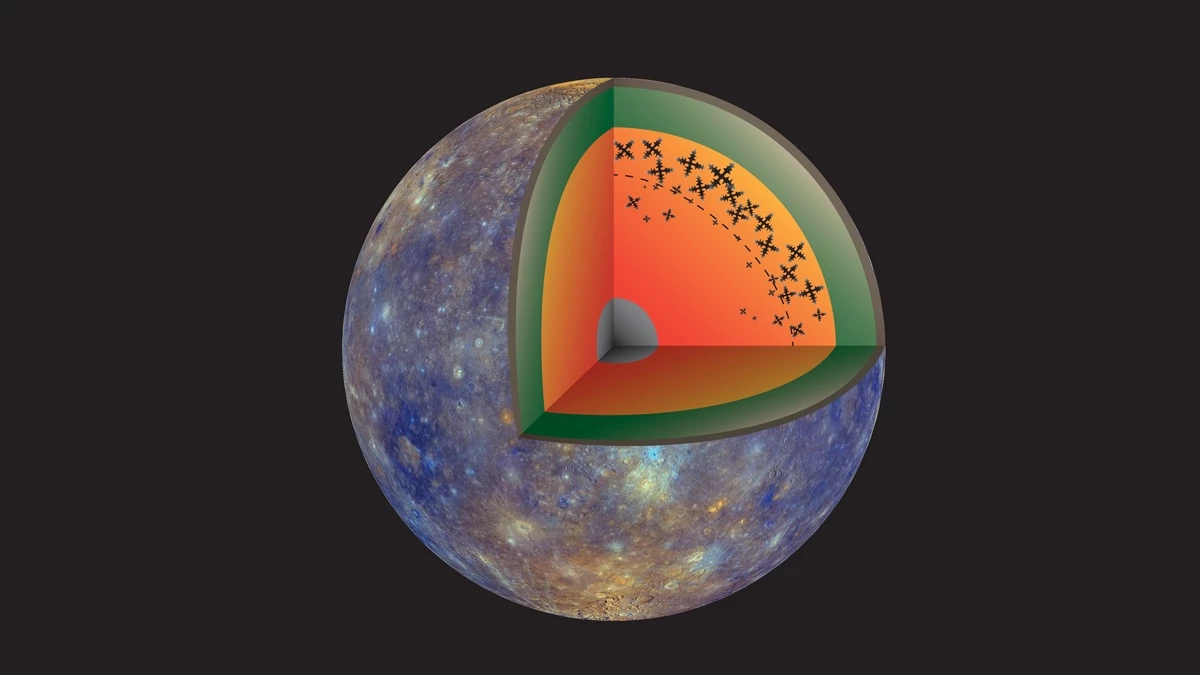The intensely hot interior of planets isn’t somewhere you’d expect to find snow, but scientists do suspect that “iron snow” falls on the Earth’s core. Now, a new study has modeled the dynamics in the lab and found that iron snow could make magnetic fields switch on and off in some planets.
With thousands of kilometers of rock between us and the core, it’s hard to really get a sense of what’s going on down there. To get a glimpse, scientists study how seismic waves move through different layers, with changes in their speed revealing clues to what different sections are made of.
These studies highlighted some anomalies around the interface between the outer and inner core. In 2019, a team of scientists proposed an explanation for the strange observations – iron can crystallize near the boundary to the mantle, which can then settle like snow towards the inner core.
In a new study, scientists in France created a lab experiment that mimicked the physics of iron snow formation and flow, to see what might be happening inside planets. Ironically, the experiment substituted iron snow for the regular kind, using a tank of water cooled from below, with a layer of salty water at the bottom to keep ice crystals from sticking.
The team found that as the lower layers of water cooled, ice crystals formed and then floated upwards, before melting when they reached the warmer waters in the upper section of the tank. The currents that this process stirred up eventually warmed the lower layers and prevented new ice crystals from forming for a while. That slowed the currents, allowing the water at the bottom to cool, and soon new crystals formed, beginning the process over again. The whole cycle lasted about 23.3 minutes.
The team said that a similar cycle could be happening in the interior of planets, albeit on a much larger scale. That would churn up internal fluid flows in molten iron, and have an intriguing side effect – the planet’s magnetic field would fluctuate in strength so much that it would appear and disappear at periodic intervals.
This is obviously not the case with Earth, which has a strong magnetic field, but could be the case for bodies with weaker ones, like Mercury or Jupiter’s moon Ganymede. More questions remain to be answered, but it’s an intriguing idea regardless.
The research was published in the journal Geophysical Research Letters.
Source: American Geophysical Union




